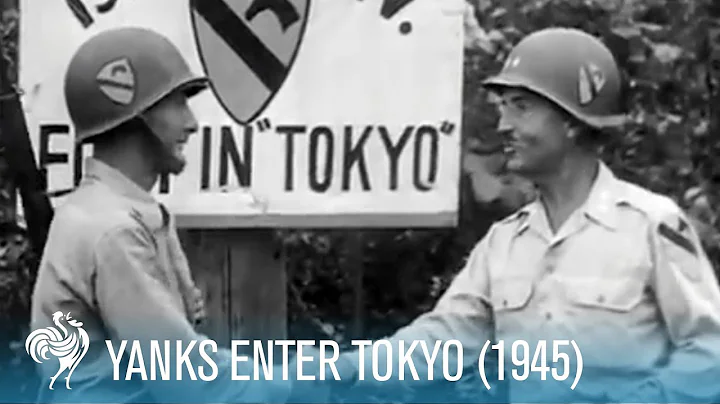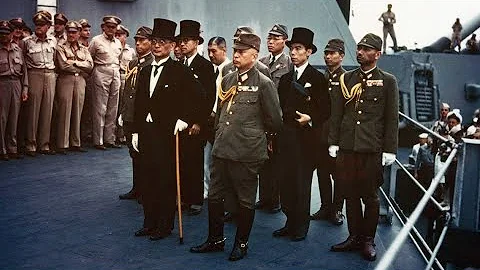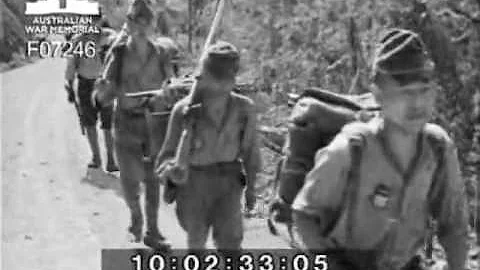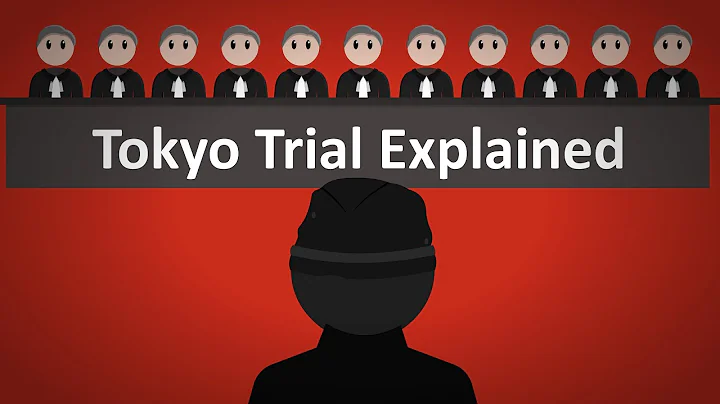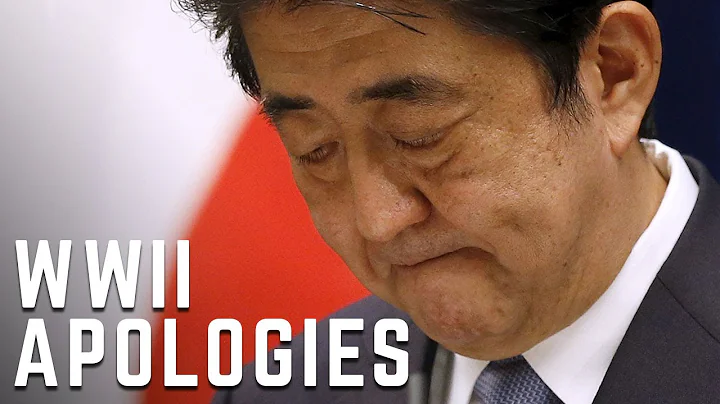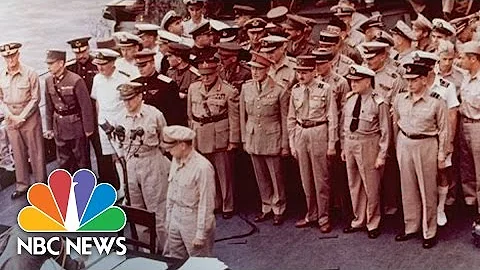Since the surrender of the Japanese government on August 15, 1945, a considerable number of Japanese military officers have been prosecuted by the International Military Tribunal for the Far East, or captured by some Allied countries such as China, Singapore, and the Philippines. In China, Japanese war criminals experienced two periods, one was the period of the National Government of the Republic of China, and the other was the period of the People's Republic of China.

During the period of the Nationalist Government, the War Criminals Processing Committee was established in the winter of 1945. On February 15, 1946, the Nanjing Ministry of National Defense Military Tribunal for the Trial of War Criminals was established to mainly try the Japanese war criminals responsible for the Nanjing Massacre and other Japanese war criminals. According to incomplete statistics, from August 1945 to May 1947, the Chinese National Government arrested a total of 2,357 Japanese war criminals. He was tried separately by 10 military courts in Nanjing and Shanghai, Peking , Hankou , Guangzhou, Shenyang, Xuzhou , Jinan, Taiyuan, and Taipei. Among them, 149 war criminals who committed the most heinous crimes, including Hisao Tani, Gunyoshi Tanaka, Toshiaki Mukai, Takeshi Noda, Yoshiko Kawashima, were sentenced to death by the Nationalist Government in accordance with the law. 696 Japanese war criminals were prosecuted and sentenced by the Procuratorate of the Nationalist Government, and more than 400 Japanese war criminals were sentenced to life imprisonment.

After the founding of the People's Republic of China, New China began to take over the Japanese war criminals handled by the Kuomintang government. In July 1950, 969 Japanese war criminals detained in the Far East of the Soviet Union were extradited to China and sent to Fushun War Criminals Management Center to undergo rehabilitation and await trial by the Chinese government. Among these war criminals were many important members of the Japanese army. According to a comprehensive investigation, during the invasion of China, they and their subordinates killed more than 857,000 Chinese civilians and captured persons, burned and destroyed 78,000 houses and more than 44,000 rooms. , plundered more than 37 million tons of grain, 222 million tons of coal, and more than 30 million tons of steel and other metals. According to the instructions of the Central Committee of the Communist Party of China, Japanese war criminals should be treated with the policy of "rehabilitation first and punishment secondarily". Therefore, all war criminals sentenced by the Nationalist Government were temporarily pardoned. The treatment of Japanese war criminals is to "protect their personality from being insulted, to ensure their living conditions, and to ensure their physical health." The "three guarantees" policy is strictly implemented for war criminals, which fully demonstrates the humanitarian spirit.

In 1956, Suzuki Keihisa and other 45 heinous Japanese war criminals received justice at the Special Military Court of the Supreme People's Court of China. On June 21, 1956, the Supreme People's Procuratorate announced that 335 imprisoned Japanese war criminals, including Kaminaka Masataka, Oya Masaharu, and Kawada Toshio, would be exempted from prosecution and released. The tolerance of the Chinese people amazes the world. What is even more amazing is the performance of these Japanese war criminals: all war criminals confessed to their crimes, were willing to submit to justice, and even actively asked to die to apologize. In the court that tried Japanese war criminals after World War II , there had never been such a large number of Japanese war criminals who all confessed and repented.

In March 1964, all Japanese war criminals were released and returned to the country. More than 1,000 Japanese war criminals who were reformed by the People's Republic of China established the "China Returners Liaison Association". With rare courage and candor, they exposed the crimes of the war of aggression and campaigned for "China and Japan will never fight again" in Japan. The management center where Japanese war criminals were detained and reformed was called the "Place of Rebirth" by them. The bloodthirsty demons who were once nurtured by Japanese militarism have found their conscience in New China, and the souls distorted by the war machine have returned to humanity.

